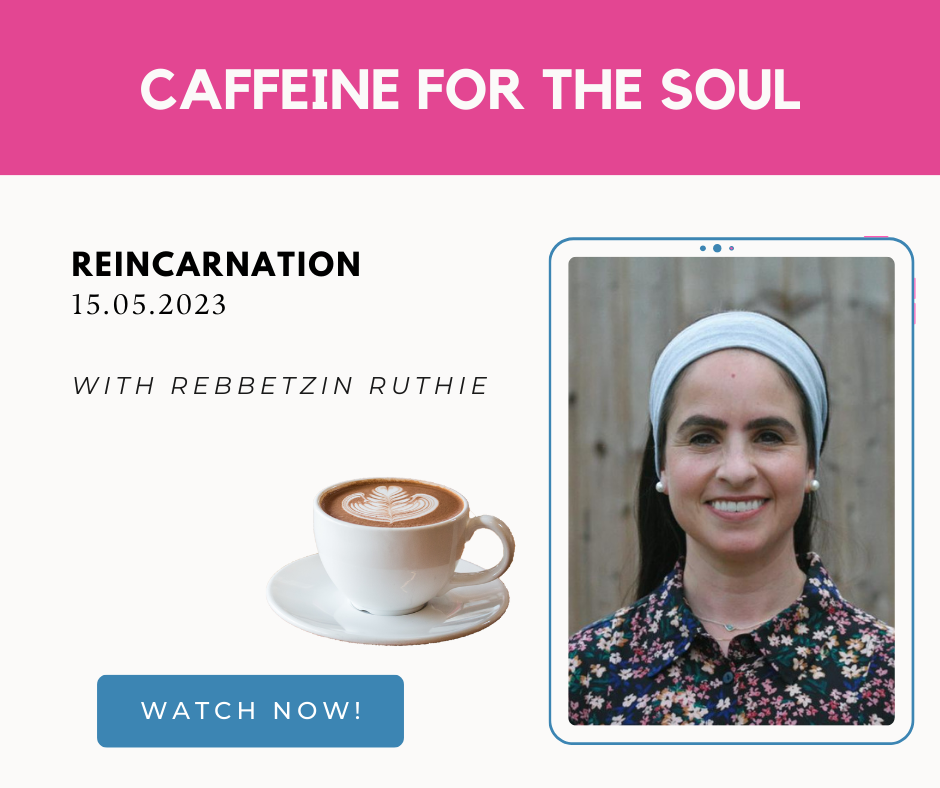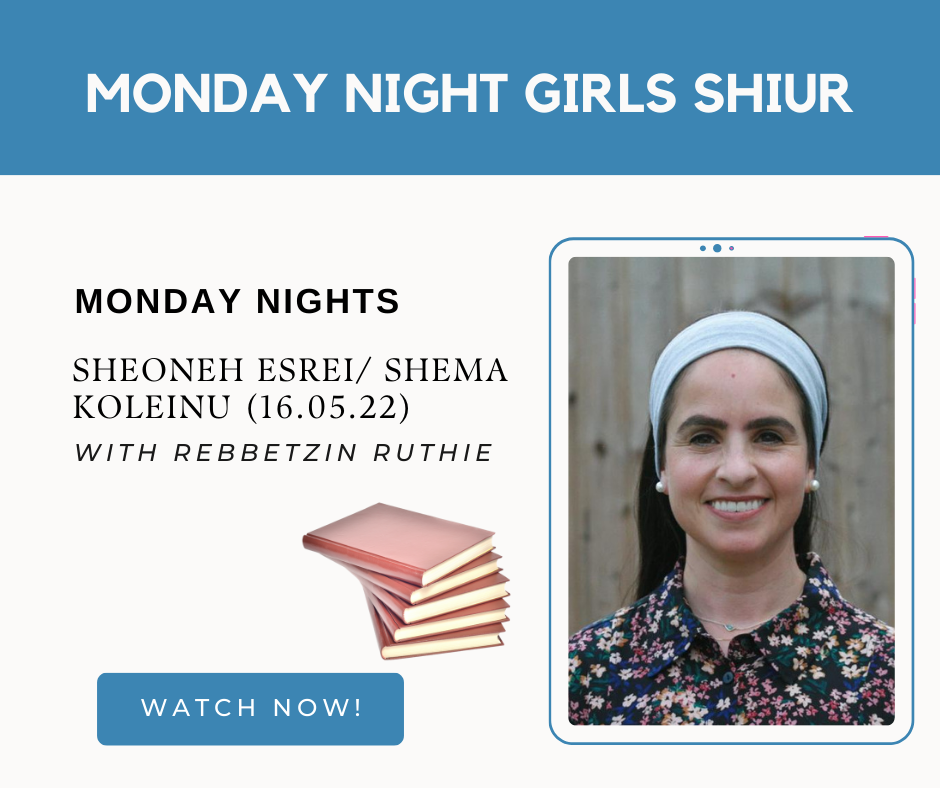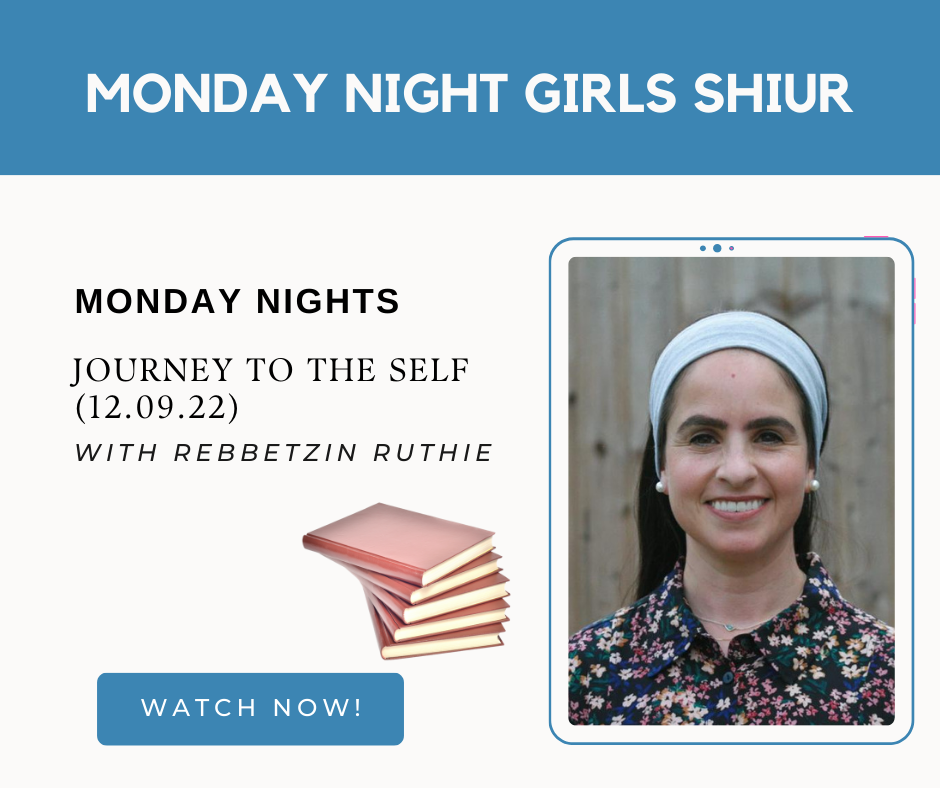
When Moshe Rabbenu requested donations towards the Mishkan, the
Passuk says “Vehamelacha Hayta Dayam… Vehoter.” (Shemot 36:7) The contributions brought by Bnei Yisrael were more than sufficient for what was needed for the construction of the Mishkan.
The Ohr Hachaim explains that the surplus was not just left out, to be used for something else, but by a miracle the exact amount donated was utilized fully. This seems peculiar. What was the purpose of this miracle? What difference did it make that all the donations would
be used?
There are other things about the Mishkan that need to be explained. Why was the Mishkan constructed through voluntary donations, whereas in other cases it was not so? Chazal say that they did not have Atzei Shittim – acacia wood – in the midbar, but that it was prepared in advance by Yaakov Avinu, who knew through ruach hakodesh that it would be required. The mefarshim ask, why did he have to prepare it? Why not just instruct Bnei Yisrael to take the wood with them from Mitzrayim?
Rav Shimon Schwab z’l explains these points, based on a pasuk in Shir
Hashirim. The pasuk there describes the apirion – the wedding canopy – of Shlomo Hamelech. Chazal explain this as a reference to the Beis Hamikdash that Shlomo constructed, which is the symbol of the marriage between Am Yisrael and the Ribbono shel Olam.
It is described there as “tocho ratzuf ahava” – its interior lined with love. This means that when building a Mishkan or Beis Hamikdash, which is the physical representation of a location in this world for the manifestation of the Shechina, an important ingredient of this is love for Hashem. To create the possibility of the presence of Hashem amongst us in this world, we have to build a Mishkan that is representative of the love Bnei Yisrael feel for Hashem.
This is why the Mishkan had to be constructed specifically from donations, which demonstrated love for Hashem. Yaakov, as one of the Avos, had a connection to Hashem that was above anything that existed in subsequent generations. For this reason, the wood that was prepared by him, was an important component of the Mishkan.
It would seem that this may also be why there was significance to every donation being incorporated in the Mishkan. Each donation demonstrated a love for Hashem and a desire to connect with Him.
The more of this emotion that could be within the Mishkan, the greater presence of the Shechina there could be
there.
The same applies to us. Now that we do not have a Beis Hamikdash, until Mashiach will come, bimhera beyamenu, we have to try to accept the Shechina within ourselves, without the physical representation that we can see. The way to do this is by feeling love and gratitude toward Hashem, as we say in Shema “veahavta es Hashem Elokecha.”







